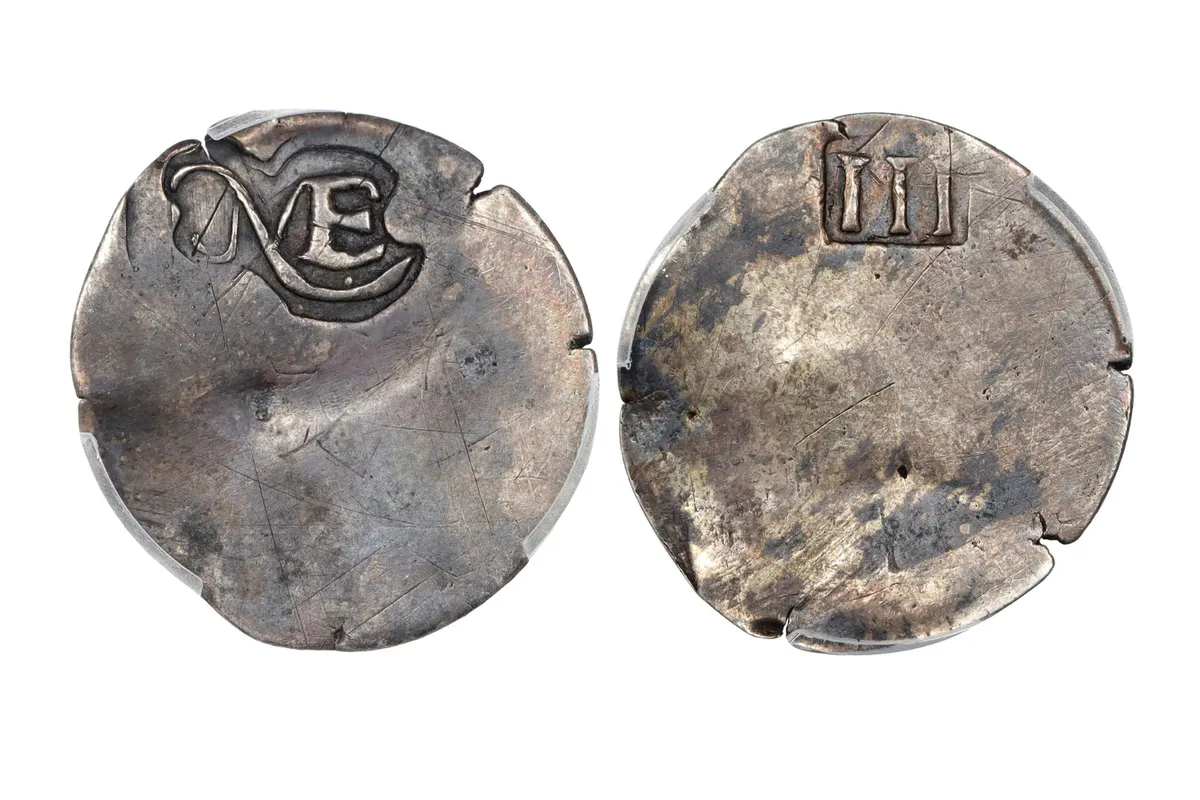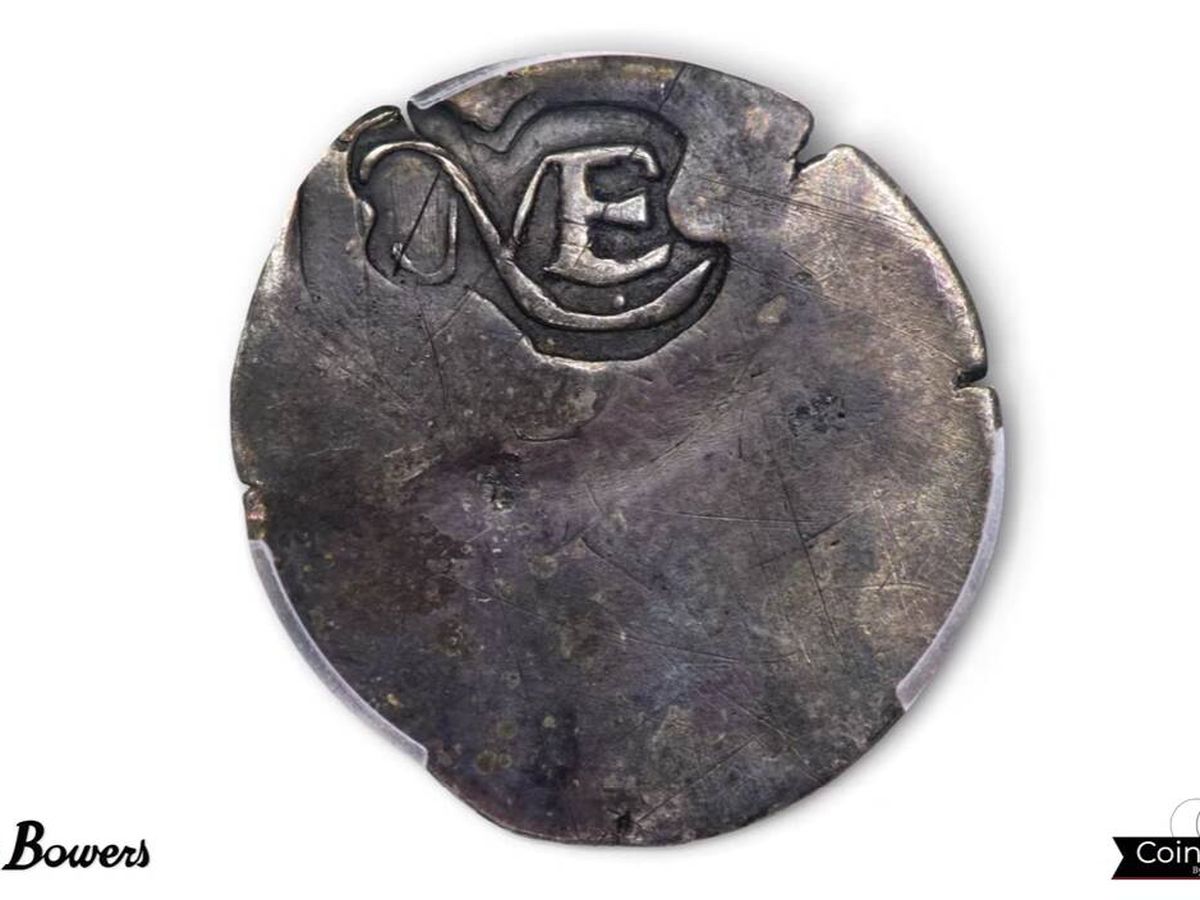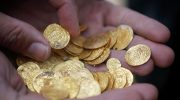Its owner, intrigued by its strange design, decided to investigate its origin. It was not until years later that he discovered that he had in his hands an extremely rare example of American numismatic history.
What seemed like simple housework ended up as a ‘historical find’ and a million-dollar sale. A man discovered by chance a small coin hidden in an old piece of furniture in Amsterdam and, after years of not knowing its true value, the auction house Stack’s Bowers Galleries sold it for $2.52 million, equivalent to €2.3 million.
The piece, a New England threepenny piece minted in 1652, was found around 2016 and remained forgotten for some time. Its owner, intrigued by its strange design — with the letters “NE” on one side and the Roman numeral “III” on the other — decided to investigate its origin. It was not until years later that he discovered that he had in his hands an extremely rare piece of American numismatic history.

A unique piece
According to Stack’s Bowers Galleries, the company in charge of organizing the auction, this coin was minted in Boston in the 17th century, shortly after the founding of the first mint in what is now the United States. Weighing just 1.1 grams and with an estimated metal value of just over 1 euro, its relevance lies in its historical value and its extreme scarcity. It is the only known example outside a museum, as another similar coin has been in the collection of the Massachusetts Historical Society for over 120 years.
The discovery has generated great interest in the world of collecting and has broken records. With a final sale price of $2,520,000—commissions included—this transaction has far exceeded the previous world record for a pre-Revolutionary War American coin, which stood at $646,250.
It is believed that the coin may have belonged to the Quincy family, an influential Boston dynasty with direct links to Abigail Adams, wife of John Adams, the second president of the United States and former ambassador to the Netherlands. This possible connection would have allowed the piece to be moved from America to Europe in the 18th century.
John Kraljevich, director of American Numismatics at Stack’s Bowers and responsible for cataloging the coin, confessed to being “pleasantly surprised” by the result of the bid, which tripled the initial estimates. For his part, auctioneer Ben Orooji described the 12-minute session as “an exciting experience and a highlight of his career.”









